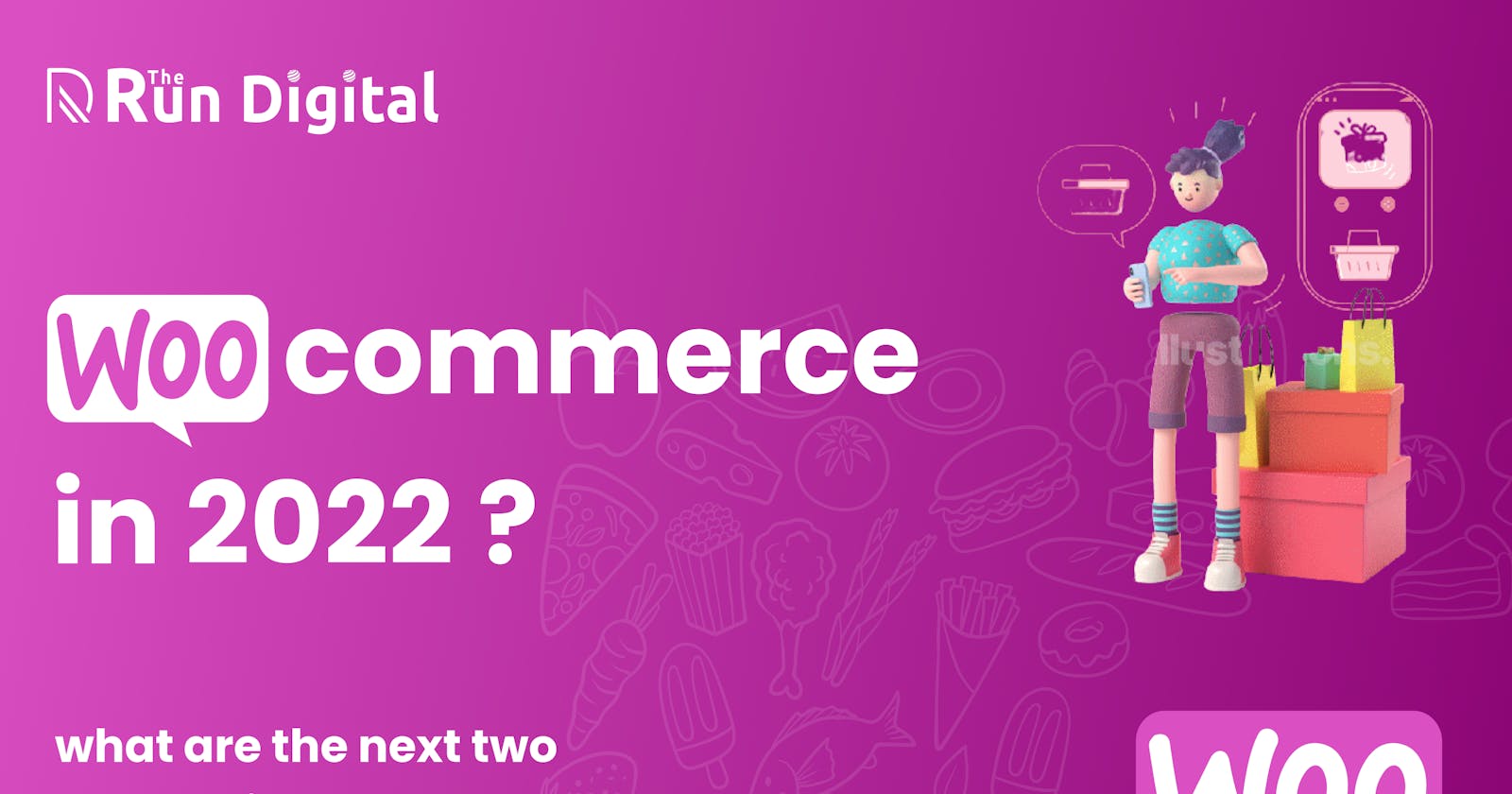Should you use WooCommerce in the year 2022? If not, what are the next two WooCommerce alternatives?
When it comes to eCommerce website creation, there are a plethora of tech slacks/platforms to pick from, with WooCommerce and Shopify now being the two prominent ones. Let's start with a quick overview of WooCommerce and then go over some of its benefits and downsides to assist you decide whether or not to keep using it in 2022.
By far the most popular eCommerce platform available today is WooCommerce. It's simple to learn and use, doesn't cost a fortune, and has a plethora of customization choices. That's what most YouTube videos and blog authors claim. In practice, however, this is not totally true. Most people struggle, and even if you succeed in creating an eCommerce website using WooCommerce on your own, chances are it will be defective, time-consuming, and a distraction from other elements of your business.
The advantages and disadvantages of WooCommerce.
WooCommerce Benefits -
- The plugin is completely free to use on any WordPress site, and you can instantly convert your WordPress website into an eCommerce store by just installing WooCommerce.
- Supports practically all payment gateways, at least the well-known ones.
- Because it's open-source, you can edit the code and personalize it whatever you like if you're familiar with PHP.
- You may use hundreds of free and paid extensions to enhance the functionality of your existing online store.
WooCommerce disadvantages -
- Free may not always imply costless. Payment is still necessary in some circumstances (e.g domain, hosting, email service provider, etc).
- If you are unfamiliar with HTML, CSS, and some Javascript, you may need the help of a developer or designer to get the most out of your eCommerce store.
- Adding necessary capabilities to WooCommerce demands the use of third-party plugins, which increases website complexity and slows down loading performance.
- The WordPress interface is not extensive, and there is still potential for improvement in areas like as finance administration.
- Product management is inferior to that of competitors.
Should you remain with WooCommerce or move to anything else now that you know the benefits and downsides (or if you previously knew them)? In a nutshell, WooCommerce is the ideal option if you're just getting started and don't have a lot of money to invest in an eCommerce site right now. BigCommerce and Shopify, on the other hand, are your best bets if you need to speed up your existing website or need a better platform that is simple to use, provides a great user experience, and is secure.
So, is it BigCommerce or Shopify?
In comparison to Shopify, which charges you every time someone purchases from your site if you do not use "Shopify Payments," BigCommerce provides more plan flexibility, more built-in features, the ability to handle hundreds of product variations, and support for more payment gateways - all without charging you recurring transaction fees. BigCommerce provides more SEO control than Shopify by allowing you to adjust your URL structure and access the robots.exe file (which instructs search engines like Google on how to crawl and index your site).
In contrast to BigCommerce, Shopify is straightforward to use and provides a wide range of flexible options. It's also worth noting that Shopify has more high-quality free themes than BigCommerce, which only has 5. Shopify outperforms BigCommerce in terms of customer satisfaction, but business owners will ultimately decide which platform is ideal for them depending on a variety of need-specific variables.
The simplest method to identify which platform is best for your needs is to schedule a free consultation with our creative web development company so that we can discuss your objectives in depth.

